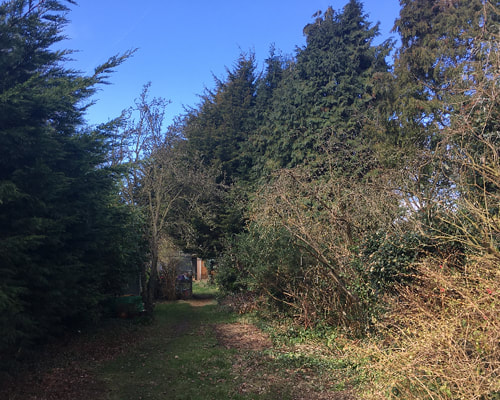|
Conifers do not need extensive pruning and most are best left to assume their natural shape, with the occasional pruning of an overly long shoot. Occasionally, however, you may need to undertake more substantial pruning if the conifer starts to get too big for its position. Plants can be clipped annually with shears to keep them small and neat. Do not prune back to leafless brown stems because these will not re sprout. Cut back whole stems to restrict the size of ground hugging conifers, making the cut under a newer, shorter shoot that will hide it. Conifers that have become too overgrown should be removed. Another problem that should be pruned out as soon as it occurs is reversion, all green growth on variegated forms. Use scatters or prunes to remove these vigorous shoots, otherwise they may dominate the more decorative foliage. Most conifers produce resinous sap that bleeds freely from the stems if they are cut while the tree is in active growth. Pruning is therefore best carried out from autumn to mid winter while the tree is dormant. Use sharp, clean pruning tools as blunt blades will snag the wood and may provide an entry point for disease. Wear gloves and goggles and, if you are using power machinery, protective clothing is recommended. Once established, conifers will largely look after themselves. Mites and aphids can be problems on pines and spruces respectively, causing the needles to drop and producing unsightly care stems. Aphids are easy to control with insecticidal sprays, but mites are more persistent, you may wish to get in a professional to treat an affected specimen. Mites are particularly active during warm, dry years when conifers are under stress. You can help prevent outbreaks by watering conifers during a drought and spraying the foliage occasionally to increase air humidity. Do this in the evening to avoid scorching the foliage on a sunny day. Most conifers prefer a position in full sun, but many will tolerate partial shade or being in deeper shade for just part of the day. They will not grow well in dense shade or waterlogged soil. If your soil is heavy, you could try draining it, improving the structure, by adding plenty of well rotted organic matter and grit before planting, or creating a special conifer raised bed. Many slow growing dwarf conifers also so well in containers. A newly planted tree or shrub needs to be watered well in order to become established. You need to mulch it with straw or garden compost to conserve the moisture in the soil.
0 Comments
Your comment will be posted after it is approved.
Leave a Reply. |
Categories
All
Archives
June 2023
|
|
Copyright © 2024 Tree Surgeon Essex
All rights reserved Our data and privacy policy Website designed by Perfect Layout Digital Marketing |
Hours: M-F: 8am-6pm
|
Tel: 01708 578 017 |
Email: [email protected]
|


 RSS Feed
RSS Feed


